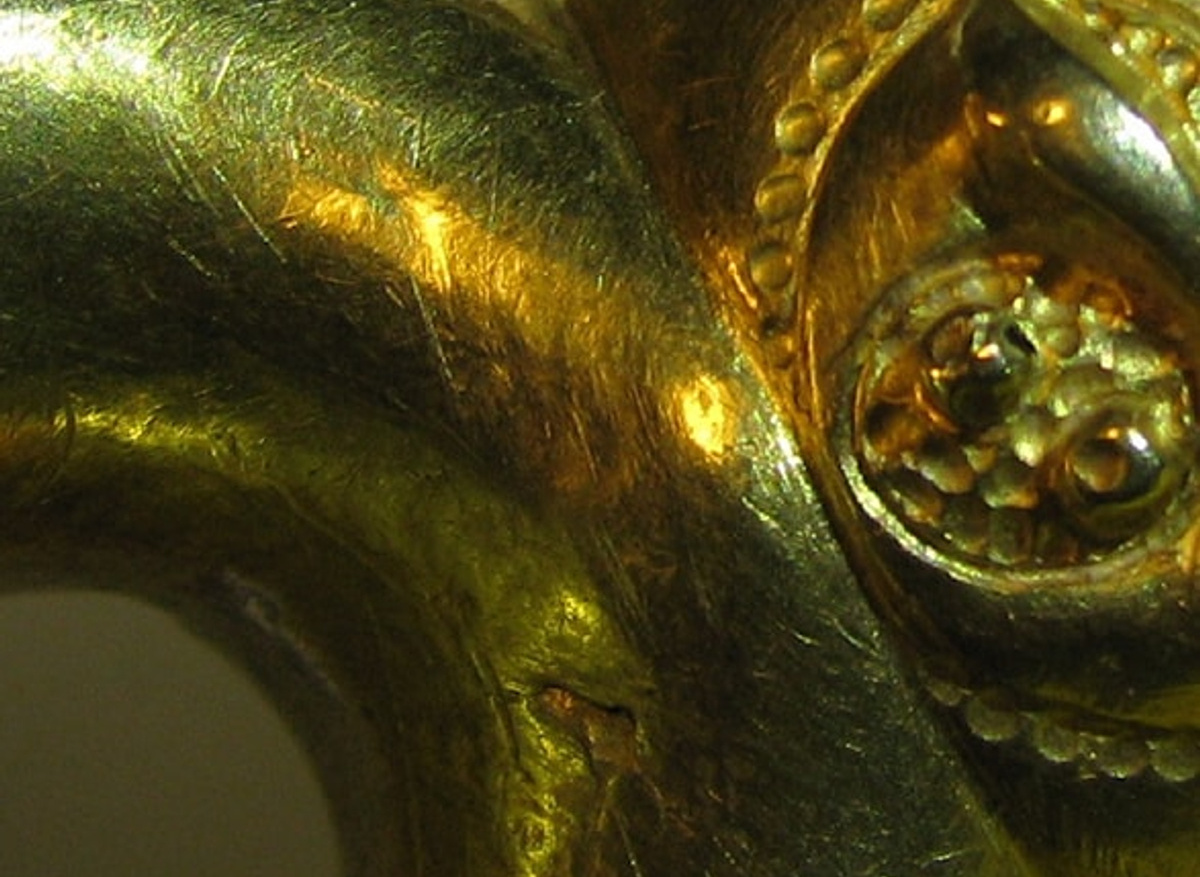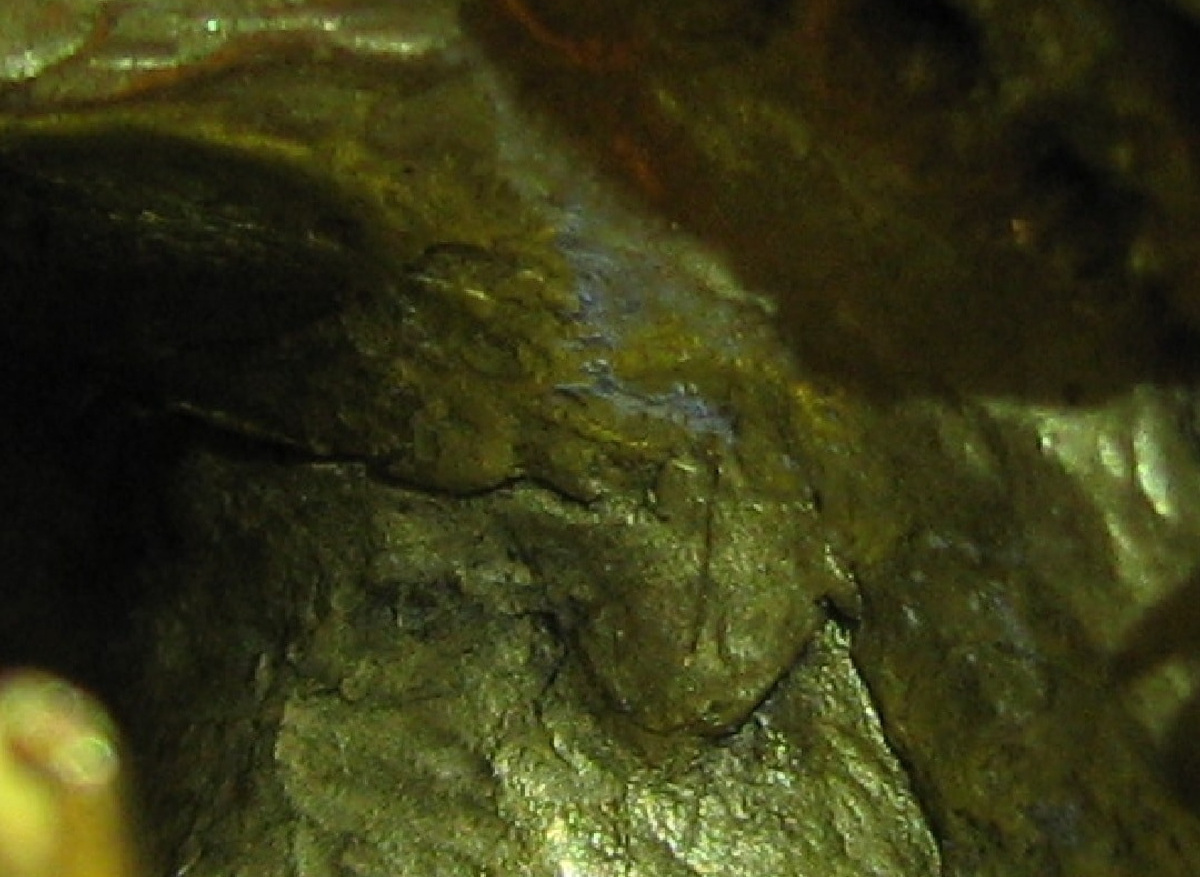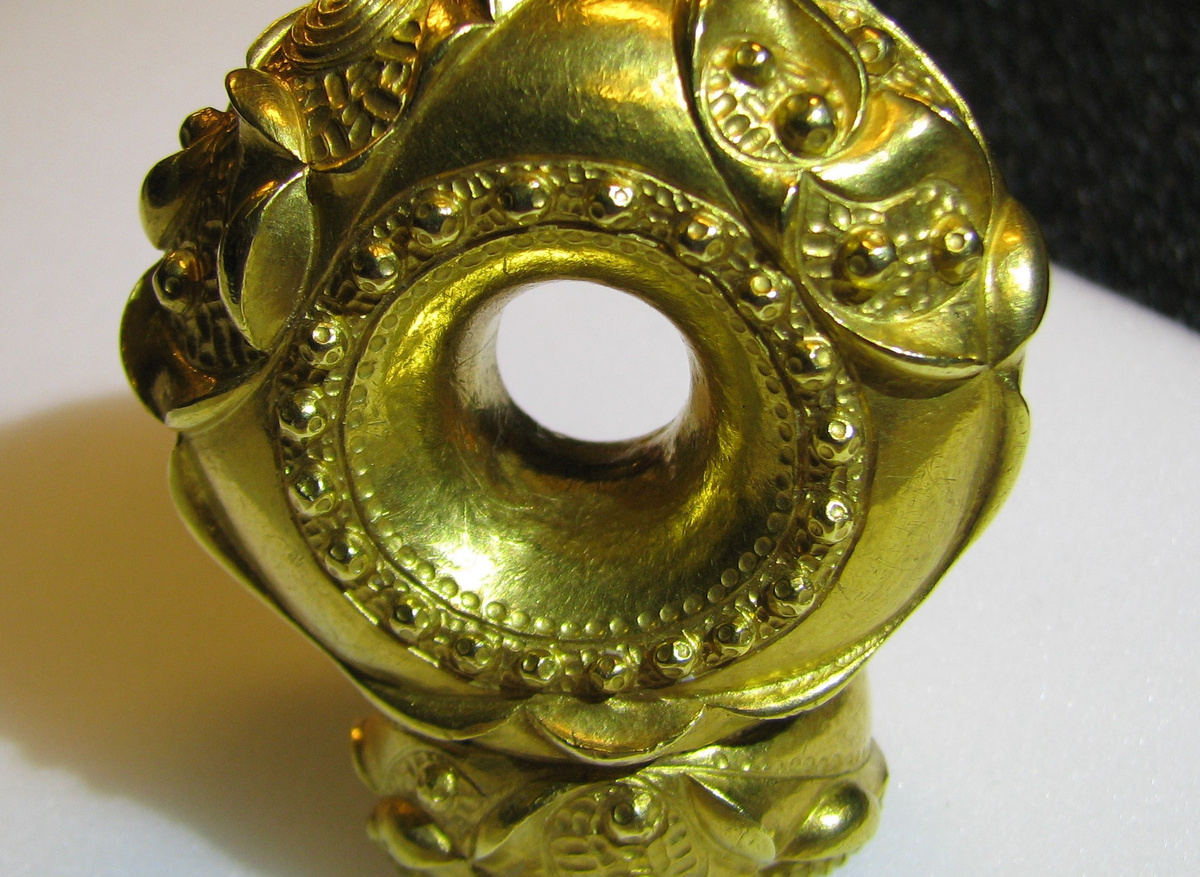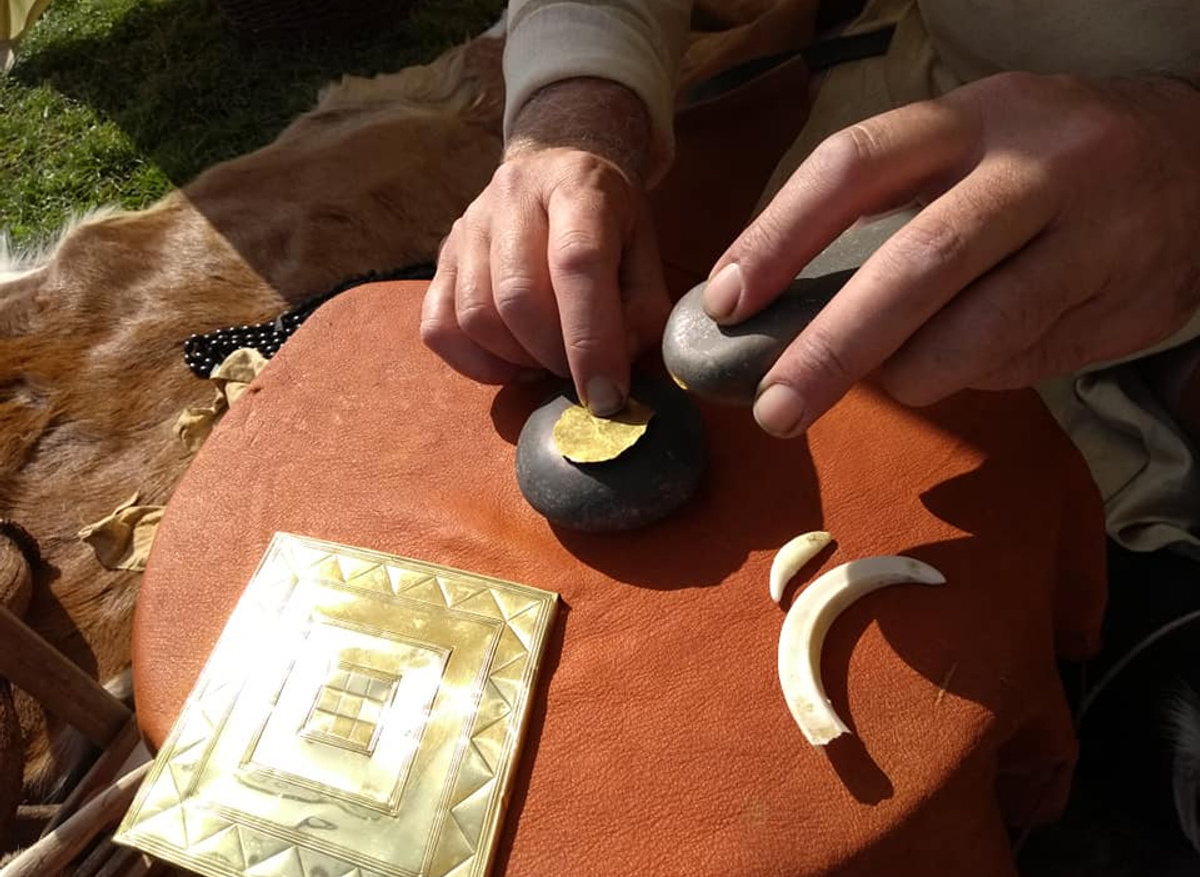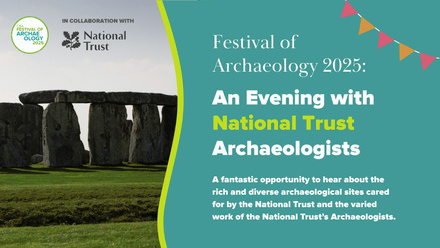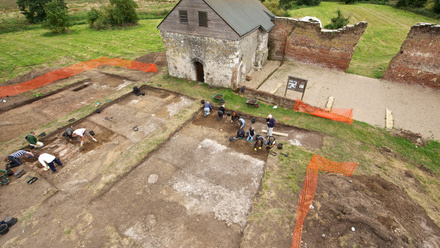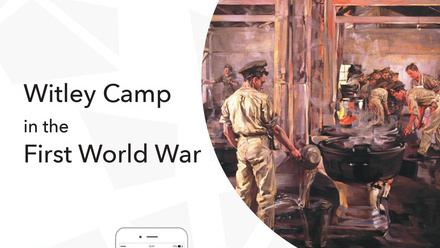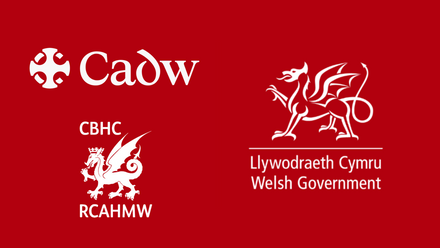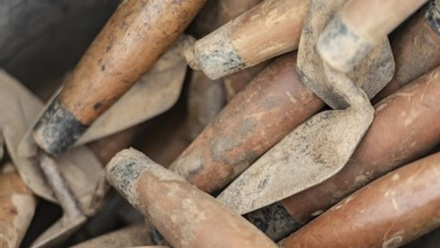For those who don’t know, I am an independent archaeological researcher, looking at Iron Age gold torcs. Apart from looking at torcs in museums or in online catalogues, much of my work involves talking to people: goldsmiths, replica makers, craftspeople and jewellers. I’ve had many face to face conversations, emails, phone calls, text messages and group chats. Sometimes with one person, often with many.
Why? Because these people have years and years of working with gold and metals and they know a lot about gold. They know how it behaves and they recognize the methods that have been used to make and decorate the gold artefacts that I am interested in. They have the practical experience, knowledge and understanding that can never be gleaned from books or a paper. In short, they know so much more than I, or almost any archaeologist, could ever hope to about gold.
The other thing I’ve long since learnt is that you will see something new every time you look at a torc, and each time you look at a torc with different people, each goldsmith will spot different things.
A recent example was when I was flicking through photos of the Netherurd terminal (on display in the National Museums of Scotland in Edinburgh, so do go have a look!). This torc was one of the first I ever looked at back in 2016: I’ve written a number of papers about it and thought I knew it backwards. Except this time, in 2022, I noticed a small flaw in the back of the terminal: I knew I’d seen it before, but never really investigated it in depth. Well, today was that day!
From my view, it looked like an ingot flaw (where an impurity, gas bubble etc causes a void), that had only become visible in the sheet as it was hammered out, and had created a hole. Looking on the inside of the Netherurd terminal, it had clearly been patched with a small blob of gold alloy. But was it what I thought? Time to seek out the knowledge of others.
I gathered together the photos I had, from the interior and exterior of the terminal, and shared them on social media, tagging in various members of the Torc Collective (see my website, The Big Book of Torcs for more info about them) and sure enough, within minutes, they had confirmed my original thoughts: yes, it was a flaw. But very quickly, those clever gold brains started to discuss how it had happened– at first Giovanna Fregni thought it could have been caused by a bit of scrap having been hammered into the metal, Bob Davies wondered if it could have been a fault they were trying to hide in the joint of two sheets, Kurt Rönnkvist wondered if it was a later repair and did I know if the gold alloy a different colour?
In more photos, Bob and Giovanna spotted a telltale trail from the hole which might mark the path of a slipping ,metal punch (the Netherurd maker’s, ‘Oh, *expletive* Moment’, as someone put it!). Going back through more photos suggested that the alloy used to repair the hole was a different colour, and the possible punch trail from the flaw became clearer. The exact reason for the flaw won’t be known until I get back later in the Autumn to look at Netherurd again under a microscope, but I now have some ideas to work with: the Torc Collective to the rescue again!
As well as finding out so much, I have also loved these experiences: everyone I’ve ever worked with has been friendly, collaborative, helpful: they’ve often suggested others to contact, gone above and beyond in assisting me. Much tea has been drunk, many scandalous stories related and I have visited some amazing places: from a vintage car collecting enthusiast in Birmingham to a goldsmith working in a tiny rural croft in Scotland - every meeting has been truly lovely.
I often wonder if this was how it worked in prehistory: I’m pretty sure there must have been a big element of sharing, developing ideas - and just general chit-chat - amongst goldworkers back then. They would have known of each other I’m sure (it’s a small world even now), would have admired each other’s work and would have taken away ideas - or learnt new tricks - from those older, more experienced, goldsmiths they met.
Exactly as I do now. It really is good to torc!
Images are © National Museums of Scotland and © Sally Pointer & Gareth Riseborough
Contact details
Tess
Independent researcher

